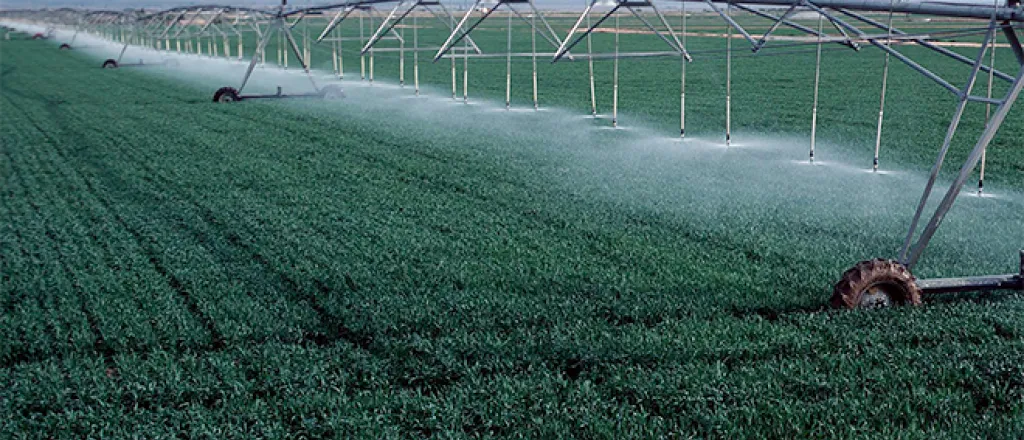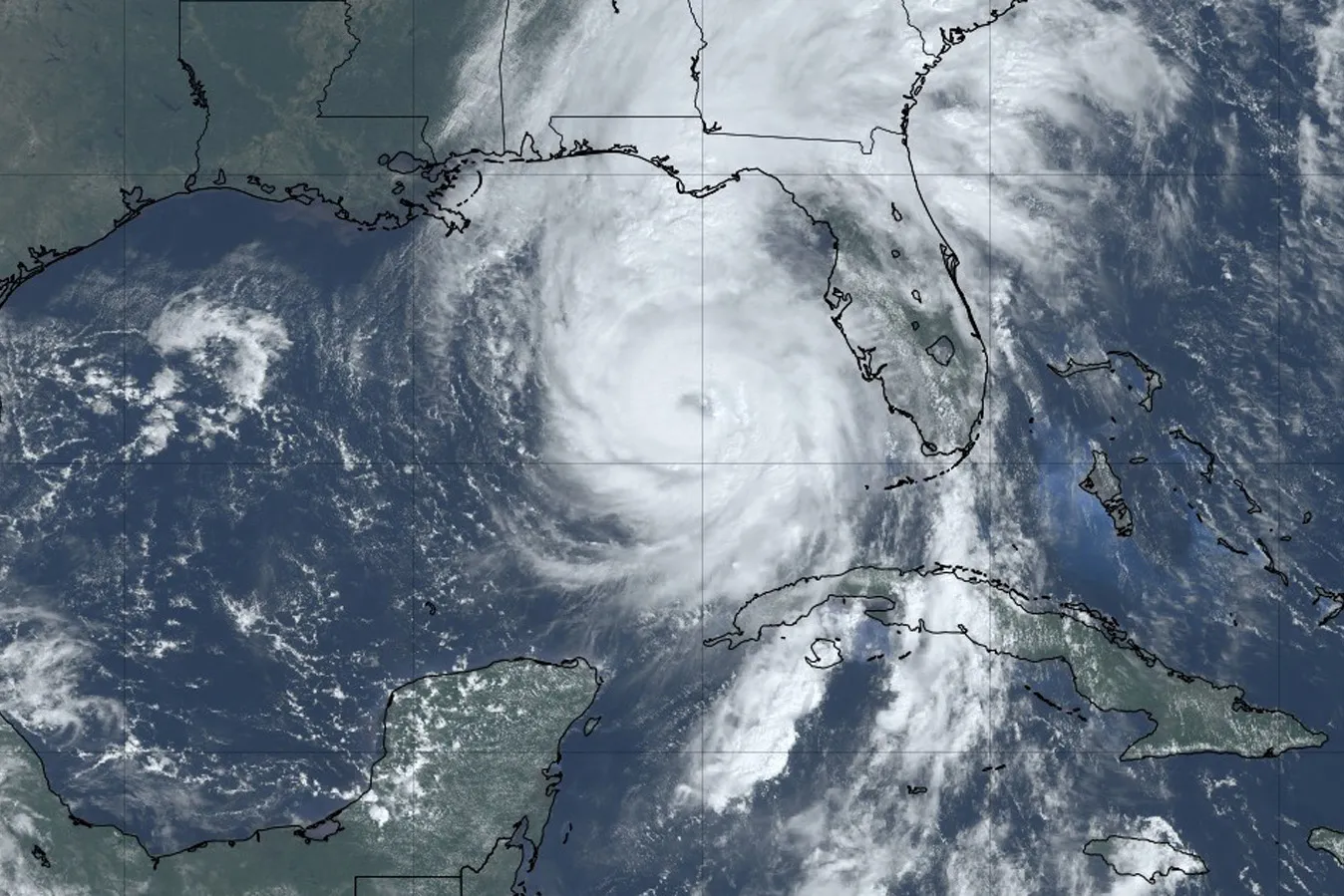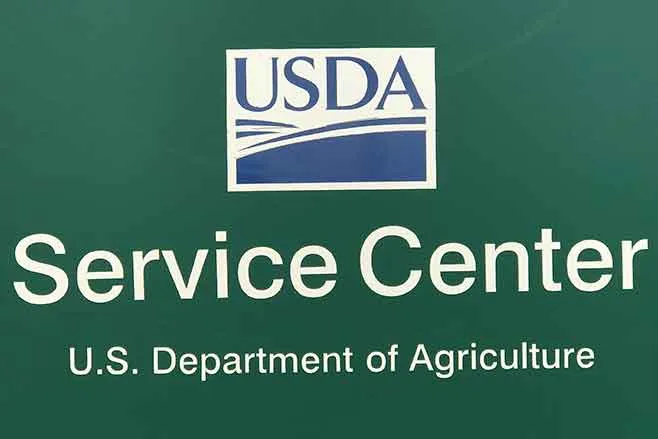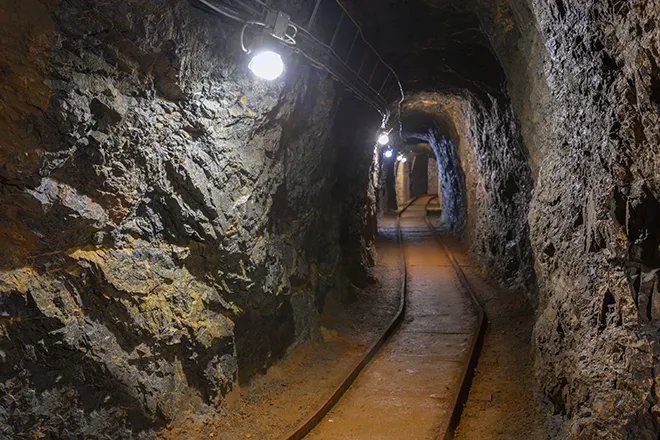
NASA grant funds study on impact of farming techniques on greenhouse gases
Click play to listen to this article.
(Maryland News Connection) NASA-funded research using satellites to study atmospheric nitrogen will examine how different farming approaches affect greenhouse gas emissions.
The $1.1 million grant will fund a team of scientists, including two at institutions in Maryland, who will use remote sensing satellites to look for accumulations of airborne ammonia and nitrogen in rural settings.
The researchers will then conduct soil sampling to determine which types of farming methods are better or worse for the climate.
Stephanie Yarwood, PhD - associate professor of environmental science and technology at the University of Maryland - is one of the principal investigators and said this research will help improve climate modeling.
"What we're really trying to do is make a connection between what a satellite can see, which is ammonia, and to make more of a link or less of a link depending on what we find, to nitrous oxide production," said Yarwood. "Because that's really what global models are trying to account for. They're trying to really understand, well how much greenhouse gas emission is there?"
She said as a greenhouse gas nitrous oxide is 300 times more powerful than CO2.
The grant runs for four years with research set to begin this winter.
While air quality measurements in cities are common, there is less data on rural areas. Yarwood said remote sensing satellite technology that can examine atmospheric chemistry at a continental scale is relatively new.
In studying soil contents, researchers hope to establish how microbial communities impact the release of nitrogen into the air and water.
Yarwood said the team will build mathematical models that can predict how nitrogen moves through the soil.
Researchers hope the work will offer hard data on the impact of various conservation practices and help policymakers and stakeholders decide how to spend both time and money.
"A lot of times, there's money invested, either from the government or from the producer," said Yarwood. "There's time in figuring new technologies out and applying those, there's some risk involved in that. I think we really need good data to be able to tell farmers, 'Yes, this is really something that's going to help', and we're going to see less nitrous oxide or not based on that."
The study includes a researcher from the University of California, Irvine - and one at the U.S. Department of Agriculture's Sustainable Agricultural Systems Laboratory in Beltsville.
















